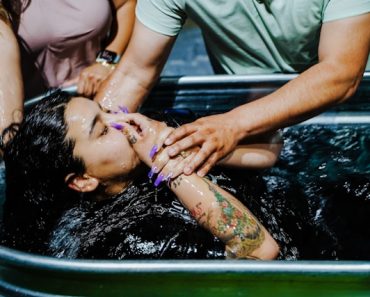Navigating the legal process as a victim can be a challenging experience, and your choice of attire can play a significant role in conveying your presence and demeanor. This guide provides insights into what to wear to court as a victim, offering considerations that balance professionalism, comfort, and respect for the courtroom environment.
Understanding the Importance of Courtroom Attire
1. Respectful and Professional Image:
- First Impressions Matter:
The courtroom is a formal setting, and dressing appropriately demonstrates respect for the legal proceedings and the seriousness of the matter. - Conveying Credibility:
A well-thought-out outfit can contribute to the perception of your credibility as a victim. It helps create a positive impression during interactions with the court and legal professionals.
2. Personal Comfort and Empowerment:
- Confidence Boost:
Wearing clothing that makes you feel comfortable and confident can positively impact your overall demeanor. It’s an opportunity to express your strength and resilience. - Empowerment Through Choice:
Choosing your attire allows you to reclaim a sense of control amid the legal process. It’s a personal decision that empowers you during a potentially stressful situation.
What to Wear: Practical Tips
1. Appropriate Formal Attire:
- For Men:
Choose business casual or formal attire such as a dress shirt, dress pants, and closed-toe shoes. A tie and blazer may be suitable for a more formal appearance. - For Women:
Opt for conservative and professional options such as a blouse, dress, or a tailored suit. Avoid overly casual or revealing clothing.
2. Neutral Colors:
- Avoid Distractions:
Neutral colors like black, gray, navy, or muted tones help avoid distractions in the courtroom. They convey a sense of seriousness and formality. - Minimal Patterns:
If choosing patterns, opt for subtle designs rather than bold prints. This ensures that attention remains on your words and the legal proceedings.
3. Comfortable Footwear:
- Closed-toe Shoes:
Wear closed-toe shoes for a polished look. Comfort is essential, especially if you might be standing for an extended period. - Low Heels or Flats:
If you prefer heels, opt for low heels or flats to prioritize comfort and ease of movement.
Dos and Don’ts: Navigating Courtroom Attire Etiquette
1. Dos:
- Do Plan in Advance:
Choose your outfit the night before to avoid stress on the court day. This ensures you have ample time to make adjustments if needed. - Do Prioritize Comfort:
While maintaining professionalism, prioritize comfort to help ease any anxiety you may feel during the court proceedings.
2. Don’ts:
- Don’t Overdress or Underdress:
Strive for a balance between formality and practicality. Overly formal or overly casual attire may distract from your message. - Don’t Wear Excessive Accessories:
Keep accessories minimal to avoid unnecessary distractions. Choose simple jewelry and avoid anything overly flashy.
Pro Tip: If in doubt, lean towards slightly more formal attire. It’s preferable to err on the side of formality in a courtroom setting.
Conclusion: A Thoughtful Approach to Courtroom Attire
In conclusion, your choice of attire as a victim in court is a thoughtful and empowering decision. By presenting yourself professionally and comfortably, you contribute to a positive courtroom environment and convey the respect you deserve throughout the legal process.
Remember, the goal is to strike a balance between formality and personal comfort, allowing you to focus on your role in seeking justice. As you dress for justice, let your attire be a reflection of your strength and resilience.



